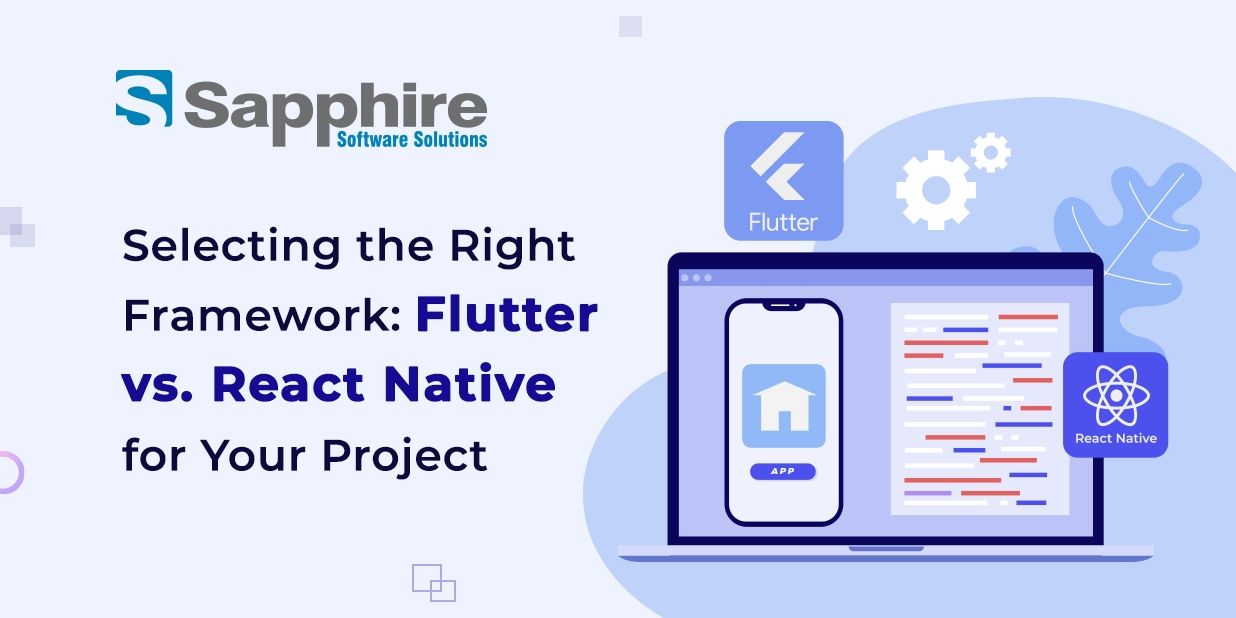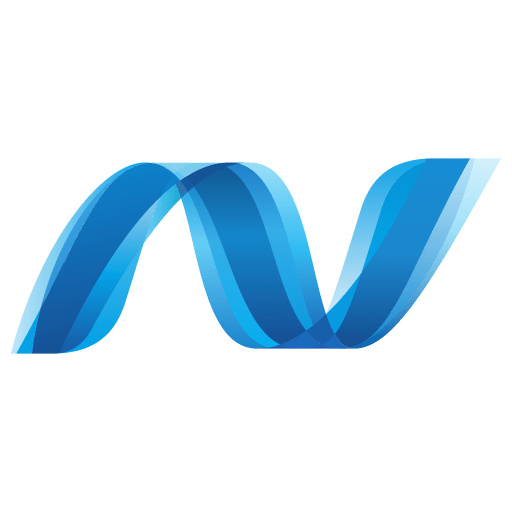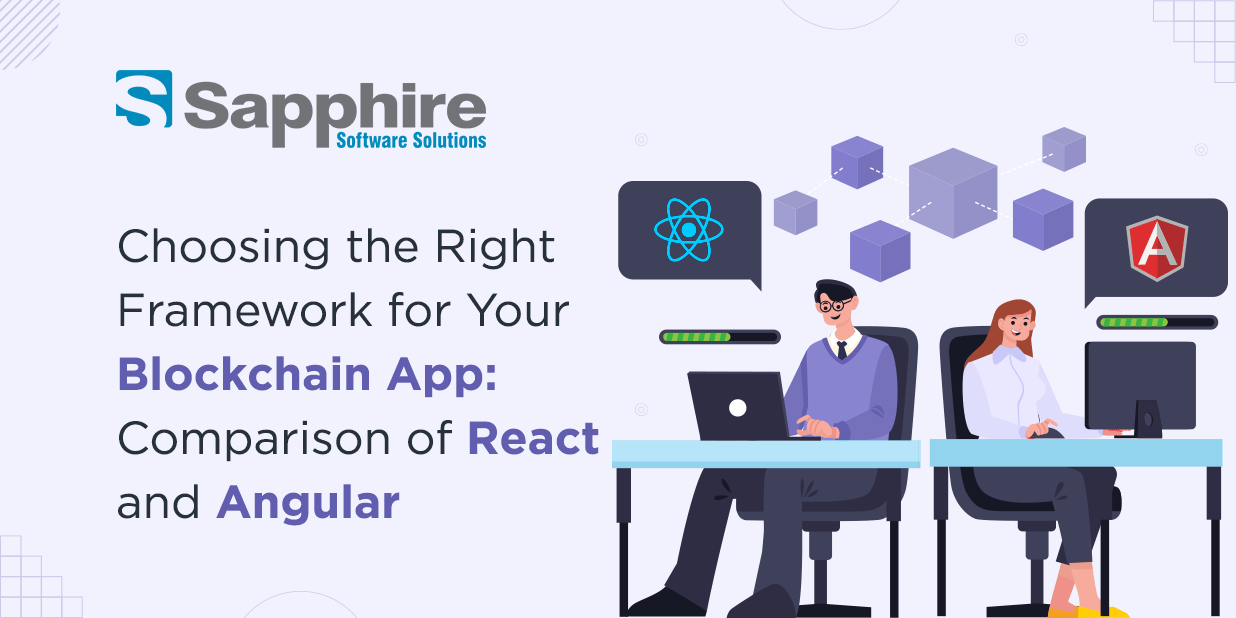Your project’s success depends on the framework you choose in today’s fast-paced world of mobile app development. Flutter and React Native are two common choices that are often considered. Although they serve various purposes and have unique benefits and downsides, both have attractive traits. To assist you in choosing the proper framework for Reach or flutter app development services, we’ll compare these two frameworks in-depth in this blog.
Introduction to Flutter and React Native:-
Let’s introduce each framework before comparing Flutter vs React Native in more detail.
Flutter:Google developed the open-source UI software development toolkit known as Flutter. It enables programmers to create natively compiled desktop, web, and mobile apps from a single codebase. The programming language used by Flutter, Dart, has grown in popularity because of its effectiveness and development efficiency. Its widget-based design, which enables developers to create highly personalized and aesthetically pleasing user interfaces, is one of Flutter’s distinguishing qualities.
React Native:On the other hand, Facebook (now Meta) developed the open-source React Native framework. It is feasible to construct native mobile apps for iOS and Android using JavaScript with React, a popular JavaScript library for UI development. React Native’s ability to share a significant amount of code between iOS and Android speeds up development.
We can compare the two frameworks now that we have a basic grasp of each one to see which could best match your project.
1. Performance:
For every mobile application, performance is essential. Users anticipate seamless operation and speedy responses from applications. Here is how the performance of Flutter and React Native compares.
Flutter:
Thanks to its usage of the Dart programming language and conversion to native ARM code, Flutter’s speed is exceptional. Consequently, programs seem quick and responsive and have no discernible latency. Fine-grained control over every pixel on the screen is another feature of Flutter’s architecture that makes it possible to design UIs that are aesthetically gorgeous and very fast.
React Native:
Although React Native typically performs well, it may sometimes be less reliable than Flutter. Performance stutters can occur because React Native uses a bridge to interface with native modules, mainly when performing intricate animations or interactions. The speed difference may not be apparent for many programs since improvements have increased performance.
Conclusion: Due to its compilation of native code, Flutter has an advantage in raw performance. For the majority of apps, React Native can still give decent performance.
2. Development Speed:
Flutter:
The hot reload function in Flutter is revolutionary for development efficiency. Without having to restart the program, developers can observe the consequences of code changes immediately. This real-time input substantially accelerates the development and debugging processes. A further benefit of Flutter’s widget-based design is that it makes it simpler to construct complex UIs rapidly.
React Native:
A hot reload capability is also available in React Native, albeit it may not be as quick as Flutter’s. Due to its dynamic nature, JavaScript sometimes produces runtime mistakes that are not detected until after the fact. Compared to the more statically typed Dart language used in Flutter, this may slow development. However, the extensive library of pre-built components in React Native helps speed development.
Conclusion: While hot reload is available in both frameworks, Flutter has a minor advantage in terms of development time due to its conjunction with static typing in Dart.
3. Community and Ecosystem:
A framework’s community and ecosystem may strongly impact development since it affects the accessibility of third-party libraries, tools, and community assistance.
Flutter:
The community of Flutter has been expanding quickly and is helped by Google’s support. The official documentation is thorough and up to date. However, since the ecosystem is not as developed as React Native’s, you could run across restrictions while trying to find specific libraries or plugins. Even yet, the Flutter community proactively fills these holes by accepting developer contributions for their packages.
React Native:
A sizable and well-established community exists for React Native. This makes identifying answers to frequent issues simpler since various third-party libraries, plugins, and tools are readily accessible. The community is active, with a thriving ecosystem and plenty of contributions to open-source software.
Conclusion: React Native is superior in terms of the size and development of its ecosystem and community. This may be a significant benefit for projects that need a lot of different third-party connectors.
4. UI/UX and Customization:
Many mobile applications need the ability to design highly personalized, aesthetically pleasing user interfaces. Here is a comparison of UI/UX design and personalization between Flutter and React Native.
Flutter:
In terms of customization and UI/UX design, Flutter excels. Because of its widget-based design, which enables pixel-perfect control over the user interface, is appropriate for building complex and highly customizable interfaces. Flutter’s Material Design and Cupertino widgets offer a uniform appearance and feel on both the Android and iOS operating systems.
React Native:
Numerous pre-built components are available in React Native, which helps hasten UI development. However, because of platform-specific quirks, obtaining pixel-perfect designs might be more complicated than with Flutter. You may need to use third-party libraries or develop bespoke code for specific designs.
Conclusion: Flutter offers a tiny edge for UI/UX design and customization, particularly for applications that need a unified and highly customizable appearance.
5. Native Modules and Integrations:
Access to native device capabilities and interaction with native modules are necessities for many mobile applications. Let’s explore how Flutter and React Native handle these needs.
Flutter:
Flutter interacts with native code through platform channels, giving developers access to native device functionalities. Although most use cases can be solved using this method, more extensive integrations may need the creation of platform-specific custom code. Compared to React Native’s ecosystem, native plugins may be less widely available.
React Native:
With an extensive library of easily accessible native modules, React Native shines in this regard. It offers a robust integration mechanism that makes it simpler to access native code and device functions like the camera, GPS, and sensors. An extensive ecosystem of pre-built native modules has been developed thanks to the active React Native community.
Conclusion: React Native is a solid option for applications that significantly depend on device capabilities since it is the undisputed champion for native modules and integrations.
6. Popularity and Market Adoption:
A framework’s popularity may impact attracting developers, locating resources, and long-term support. Let’s look at Flutter and React Native’s acceptance in the market and popularity.
Flutter:
Flutter has been slowly gaining popularity, particularly among developers who value its performance and rapid development. While React Native may have more users, it has grown considerably and has Google’s backing.
React Native:
Many well-known firms utilize React Native for mobile applications, giving it a more extended history and a more extensive user base. Due to its widespread acceptance, the job market has access to a sizable pool of React Native developers.
Conclusion: React Native has a more significant market acceptance and established presence. Projects requiring a bigger talent pool and ongoing assistance may benefit from this.
7. Maintenance and Updates:
The process of creating mobile apps is continuous and needs frequent maintenance. Let’s contrast the ways that Flutter and React Native approach this issue.
Flutter:
The hot reload function in Flutter makes updating and problem-fixing easier. Updates, however, could sometimes call for more difficult native code modifications. Because of Flutter’s rapid release cycle, there may be more frequent upgrades and potentially harmful modifications.
React Native:
The modular nature of React Native makes updating individual components simpler. A developed ecology is advantageous to it as well since it may provide a more stable development environment. But sometimes breaking updates have been made to React Native in the past, so careful version control is crucial.
Conclusion: Both frameworks provide decent support for maintenance and updates. However, React Native has a minor edge in terms of reliability due to its modular design and developed ecosystem.
Conclusion:
The decision between Flutter and React Native ultimately comes down to the needs and goals of your project. Here is a rundown of the critical factors:
- Performance: Because it is compiled into native code, Flutter delivers better performance.
- Development Speed: Dart’s static typing and Flutter’s quick reload give them a minor advantage.
- Community and Ecosystem: The community and ecosystem of React Native are more extensive and developed.
- UI/UX and Customization: Flutter is a master at designing and customizing UI/UX.
- Native Modules and Integrations: The ecosystem for native modules and integrations is more robust in React Native.
- Popularity and Market Adoption: React Native has a more extensive developer community and is more extensively used.
- Upkeep and Updates: The modular design and developed ecosystem of React Native provide stability for ongoing maintenance.
In the end, it’s crucial to thoroughly consider your project’s needs and evaluate each framework’s advantages and disadvantages. As a flutter app development company in USA, our team has experience with the technology; the particular features your app needs, and your long-term support and maintenance requirements. You can also hire flutter app developer from us to work dedicatedly on your project.





































